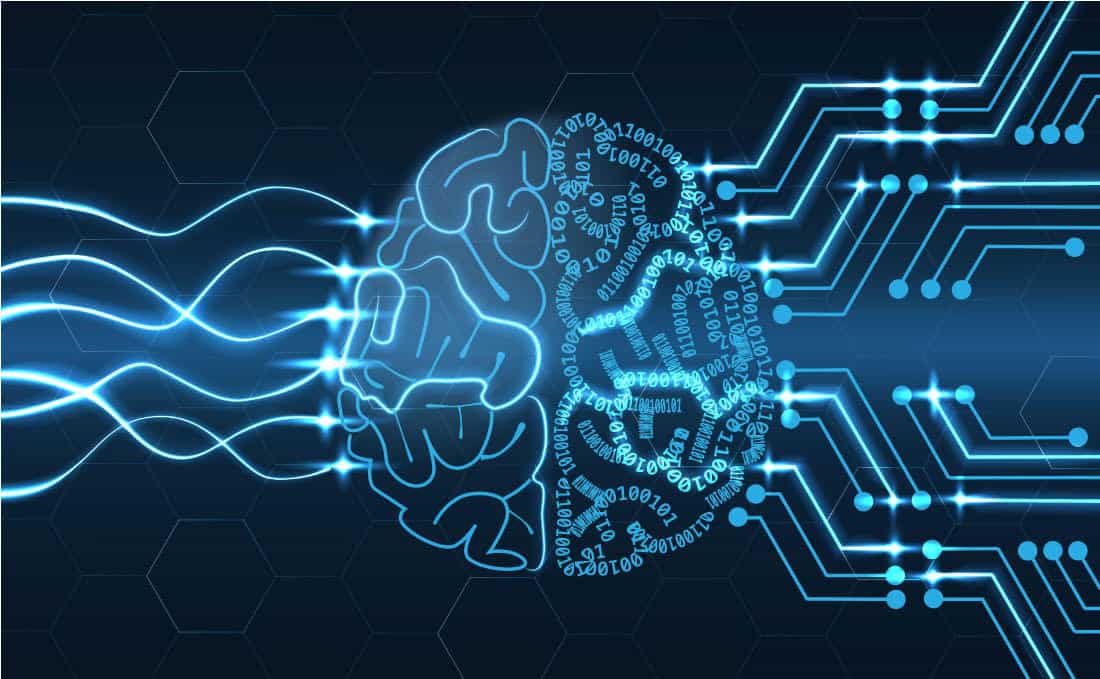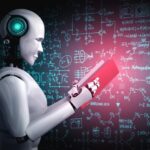How to Measure Human Intelligence Human intelligence can be measured by group tests or individual tests. Most people only need a few minutes to make a judgment after seeing someone. Philosophers and psychologists have long debated how to conceptualize and measure intelligence, how many types of intelligence there are, the role of innate and acquired …
How to Measure Human Intelligence
Human intelligence can be measured by group tests or individual tests. Most people only need a few minutes to make a judgment after seeing someone.
Philosophers and psychologists have long debated how to conceptualize and measure intelligence, how many types of intelligence there are, the role of innate and acquired in intelligence, the social, biological, and environmental determinants of intelligence, and how intelligence is expressed in the brain.
At the beginning of the 20th century, Binet and Simon developed the first intelligence test-the “School intelligence test”, which includes a variety of questions, such as naming objects, defining words, drawing, completing sentences, comparing items, and the ability to make sentences.
IQ is widely used as an age-adjusted measure of intelligence.
IQ is the total score obtained from a set of standardized tests or subtests used to assess human intelligence.
The Stanford-Binet test is a measure of comprehensive intelligence and consists of a variety of tasks, including vocabulary, picture memory, naming familiar objects, repeating sentences, and executing commands.
The Webster Adult Intelligence Scale is the most widely used adult IQ test in the United States.
The most common IQ tests are:
- Stanford-Binet Intelligence Scale
- Universal language intelligence
- Differential Ability Scale
- Peabody Personal Achievement Test
- Webster’s Personal Achievement Test
- Webster Adult Intelligence Scale
- Cognitive Impairment Woodcock Johnson III Test
People with an IQ higher than 130 are usually associated with high IQ. And points below 70 usually cause concern. They may indicate a potential learning disability.
There are three types of artificial intelligence:
The advancement of artificial intelligence has enabled us to make progress in various disciplines.
- Artificial intelligence (ANI) has a limited range of capabilities.
- Artificial general intelligence (AGI) has attributes comparable to human abilities.
- Artificial superintelligence (ASI), it has skills that surpass humans.
How to Measure Intelligence in Artificial Intelligence
There are 4 main ways to measure intelligence in artificial intelligence systems:
Breadth: Most intelligent systems we know, such as the human brain, have a wide range of capabilities. Children can learn many tasks, such as walking, talking, and so on. An artificial intelligence system that should be considered intelligent should also have similar extensive capabilities. Artificial intelligence systems should be able to learn any task without the need for human engineers to directly make any changes to their source code. But we all know the ”no free lunch” theorem, that is, algorithms that are good at a particular task set will pay a price for poor performance on other remaining task sets.
This means that with such a wide range of artificial intelligence systems, we need a set of basic learning algorithms, not just one. This is a very active research field. Well-known groups like DeepMind are looking for such a set of general learning algorithms to solve general artificial intelligence. It is a broader version of AI. In fact, this ability can definitely help us measure the intelligence of AI systems.
Data requirements: A powerful AI system should be able to model problems from as little data as possible, but it should also be able to consume huge Google-scale data and understand this data. The ability to generalize from very little training data is a powerful indicator of intelligence, rather than requiring a large amount of data to model problems.
Supervised vs. unsupervised: Obviously, we need to conduct supervised and unsupervised learning in AI according to the scope of application, but because there is more unlabeled data around than labeled data, unsupervised learning is more attractive. Unsupervised learning means intelligence, because systems that perform autonomous learning with minimal supervision are considered smarter than other systems that require more supervision. This is very obvious in human intelligence, and children who can complete tasks such as coding by themselves are considered smarter.
Predictability: Artificial intelligence may surpass human intelligence in the near future. Despite the tremendous progress made in technology, artificial intelligence is still far from complete. The goal of human intelligence is to learn from experience and adapt to the new environment through different cognitive processes, while the goal of artificial intelligence is to imitate and surpass human behavior.






